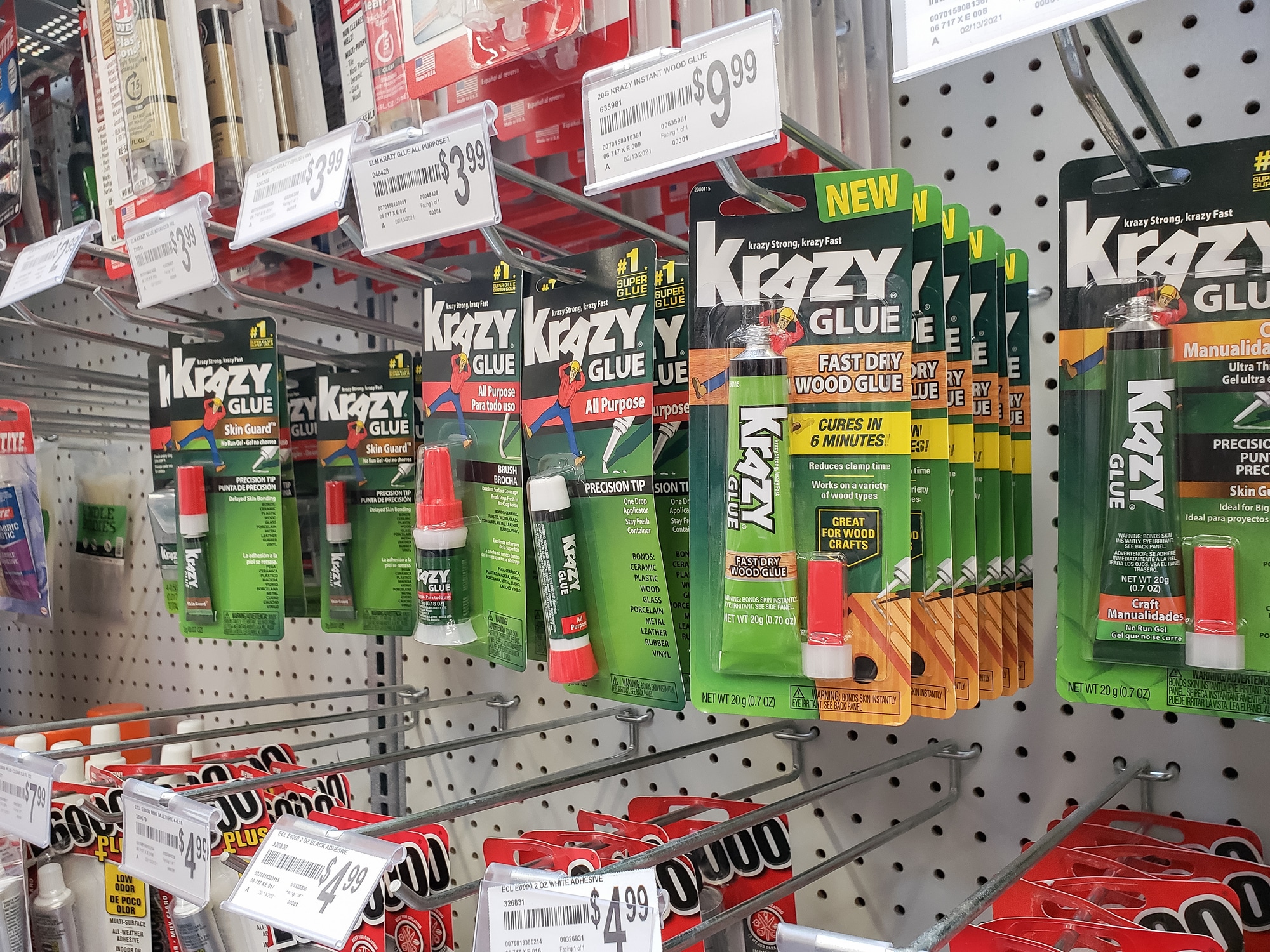Have you been wondering whether you can take glue on a plane? Well, there’s no clear-cut answer to this as it depends on two main points. The first has to do with the volume of the glue. And the second entails the glue’s flammability.
Now, the TSA doesn’t list any type of glue on their record of things allowed/banned on a plane. Thankfully, the Federal Aviation Administration (FAA) has provided some additional clarification.
“Rubber cement, pipe cement, some super glues and other flammable adhesives
Most model glues, rubber cements, and industrial-strength adhesives are flammable and not allowed in carry-on or checked baggage.
Some super glues and other household glues are not flammable and would be allowed in baggage. To see if they are flammable, check the product label or the manufacturer’s material safety data sheet (MSDS). When checking the MSDS, a “flash point” at or below 140° F (60° C) indicates it is a flammable liquid and may not be carried in airline baggage.”
Flashpoint refers to the temperature at which a given compound generates enough vapor to spark a fire.
So based on the FAA’s guidelines, certain types of super glue are permitted on a plane. But, they must have a flash point of less than 140° F (60° C), which indicates that they’re nonflammable.
Even if you find a glue that meets this criteria, you also have to consider the maximum volume requirements stipulated by the TSA. This particularly applies to passengers who plan to carry such liquid content in their carry-on. According to TSA website:
“You are allowed to bring a quart-sized bag of liquids, aerosols, gels, creams and pastes in your carry-on bag and through the checkpoint. These are limited to travel-sized containers that are 3.4 ounces (100 milliliters) or less per item. Placing these items in the small bag and separating from your carry-on baggage facilitates the screening process. Pack items that are in containers larger than 3.4 ounces or 100 milliliters in checked baggage.”
Essentially, whatever liquid super glue you pack in your carry-on duffel bags shouldn’t exceed the maximum volume of 100 ml (3.4 ounces).
In the event that your super glue doesn’t meet either of these regulations, what’s the best alternative?
If you’ve already bought the super glue, the easiest solution is to inquire ahead of time.
Call the airline and ask whether it’s allowed. If it’s considered flammable, then don’t bring it at all. If it’s non-flammable but exceeds the 100ml threshold, then be sure to pack it in your checked bag. But consider getting your bag checked early to avoid delays.
If you’re still not certain about the legality of the super glue- even after researching and calling the airline- then your best bet is to leave it at home. You can always buy another bottle when you get to your destination. Or, better yet, get the super glue mailed to your destination.
Is Gorilla Glue Allowed on Planes?
Theoretically, gorilla glue should be allowed on a plane. It has a flashpoint of more than 177.8°F (81°C), meaning it meets the recommended criteria for non-flammable liquids.
However, some experts suggest that this item contains flammable compounds so it’s best to inquire from TSA before carrying it onboard.
You May Also Like: Can You Bring Baby Wipes on a Plane?
Can I Bring Epoxy on a Plane?
If you’re only bringing an epoxy resin kit, then it will likely be allowed because it’s nonflammable. But, epoxy that’s mixed with a hardener is combustible. This then means that it’s not allowed on a plane.
Final Thoughts
When you’re considering bringing super glue on a plane, the most important aspect to consider is whether it’s flammable.
To determine this, check its flashpoint. Any super glue with a flashpoint of 140° F (60° C) or less, indicates that it’s flammable, meaning it’s not allowed on a plane.

